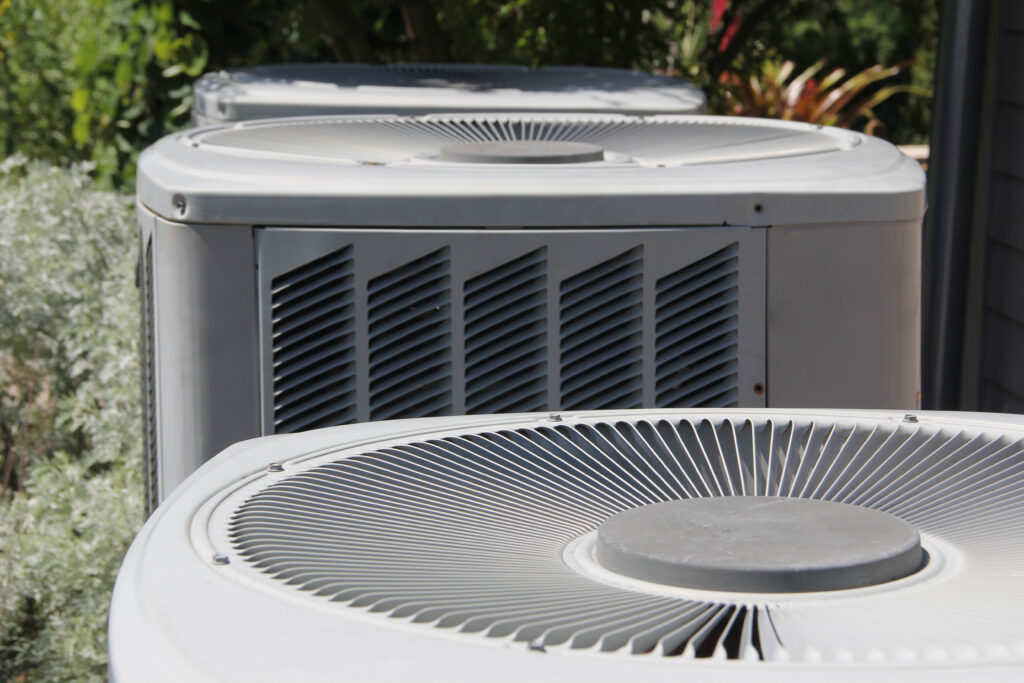Air filters play a vital role in maintaining the efficiency and longevity of your air handler, as well as in ensuring a healthy indoor environment. Selecting the right air filter, maintaining it properly, and replacing it when needed are crucial steps in preserving your HVAC system’s optimal performance and safeguarding your family’s health.
As a reputable provider of reliable HVAC systems, I Heart Amana proudly offers an extensive selection of air handlers and associated air filters to accommodate various applications and requirements.


